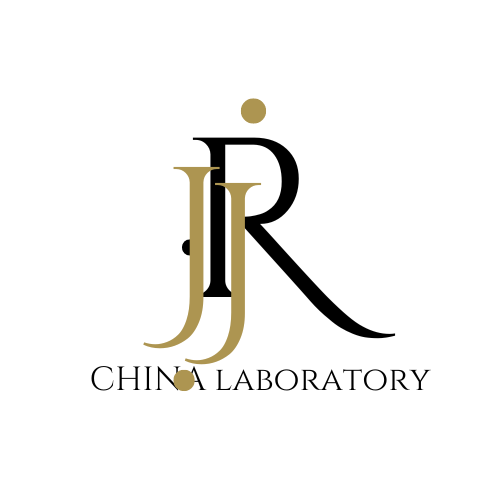
CE Approval Testing
Home Appliance CE certification:
CE certification is the European Conformity mark, a self-declaration method by the European Union that indicates a product complies with EU legal requirements. The CE mark shows that the product meets the EU's essential safety requirements and is a legal certification mark for products entering the European market, essentially serving as a "passport" for market access.

For home appliances, the CE certification standards consist of a series of technical specifications and guidelines set by the EU, covering product safety, environmental protection, electromagnetic compatibility, health, and other aspects. The specific CE certification standards may vary depending on the type, function, and characteristics of the home appliance.
EMC Testing Items:
1. Terminal disturbance voltage
2. Disturbance power
3. Radiated disturbance
4. Harmonic current
5. Voltage fluctuations and flicker
6. Electrostatic discharge immunity
7. Electrical fast transient/burst immunity
8. Surge immunity
9. Voltage dips and short interruptions immunity
10. Intermittent disturbance
11. RF electromagnetic field radiation immunity
12. Conducted immunity induced by RF fields
In addition to LVD and EMC testing, some home appliances may also have wireless functions, such as Bluetooth and WiFi. In such cases, the wireless RED directive needs to be tested. Testing standards include:
- EN 300328 BT WiFi (2.4G)
- EN 301893 EN 300 440 WiFi (5G)
Safety Testing Items:
1. Marking and instructions
2. Protection against access to live parts
3. Start-up of electrical appliances
4. Input power and current
5. Heating
6. Leakage current and electric strength at working temperature
7. Damp heat
8. Leakage current and electric strength
9. Overload protection for transformers and related circuits
10. Durability
Wireless RED RF Testing Items:
1. Output power, duty cycle, transmission sequence, transmission gaps, medium utilization
2. Power spectral density
3. Cumulative transmission time, frequency occupancy time, and frequency modulation sequence
4. Frequency modulation channel spacing
5. Adaptive modulation
6. Occupied bandwidth
7. Out-of-band emission
8. Spurious emission from the transmitter
9. Spurious emission from the receiver
10. Blocking
If the product contains a built-in battery, it needs to undergo IEC 62133 testing.
For portable devices or fixed installations, if the WiFi power is less than 20mW or Bluetooth is involved, SAR evaluation is required.
Home Appliance CE Certification Sample Submission Requirements:
For devices without wireless functions, the cycle time is 7 business days with 2 complete samples.
For devices with wireless functions, the cycle time is 2-3 weeks with 3 complete samples and 1 fixed frequency prototype.
Home Appliance CE Certification Documentation:
1. Application form
2. Instruction manual
3. Circuit diagram
4. Structural diagram
5. Bill of materials
6. Fixed frequency software and operating instructions (required for wireless devices)
Email:hello@jjrlab.com
Write your message here and send it to us
 Toy Toxicology Testing CA
Toy Toxicology Testing CA
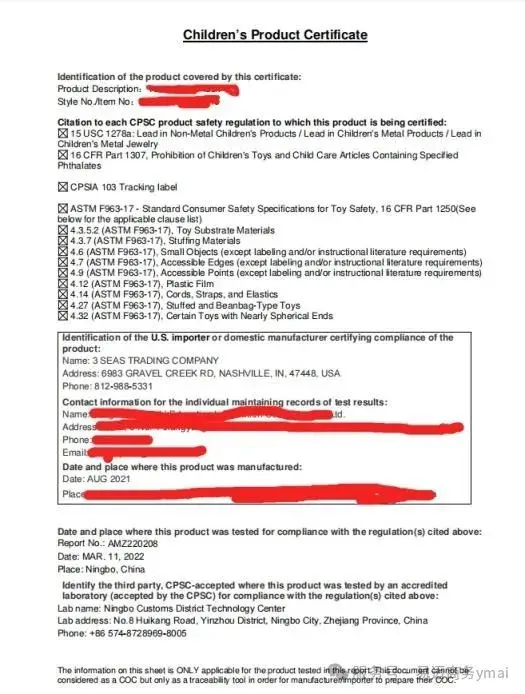 CPSIA Compliance for Children's Products
CPSIA Compliance for Children's Products
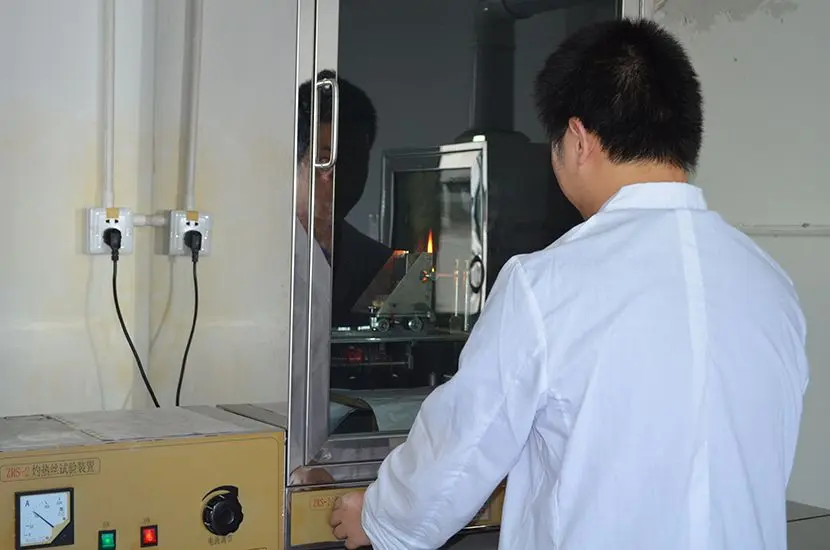 Food Contact Items Testing
Food Contact Items Testing
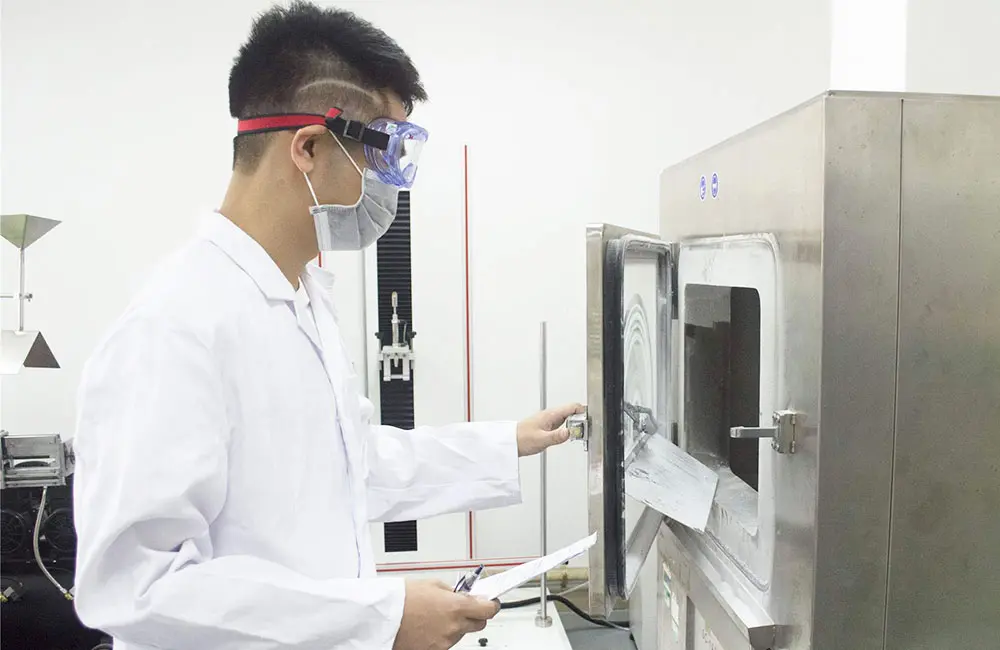 Energy Star Testing Laboratory
Energy Star Testing Laboratory
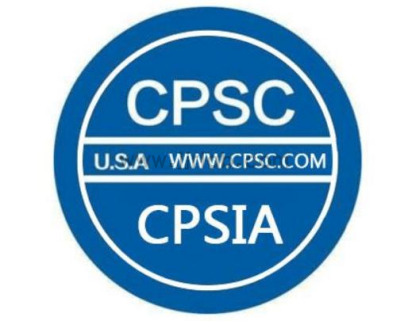 Do I Need to Test Every Color for CPSIA Compliance
Do I Need to Test Every Color for CPSIA Compliance
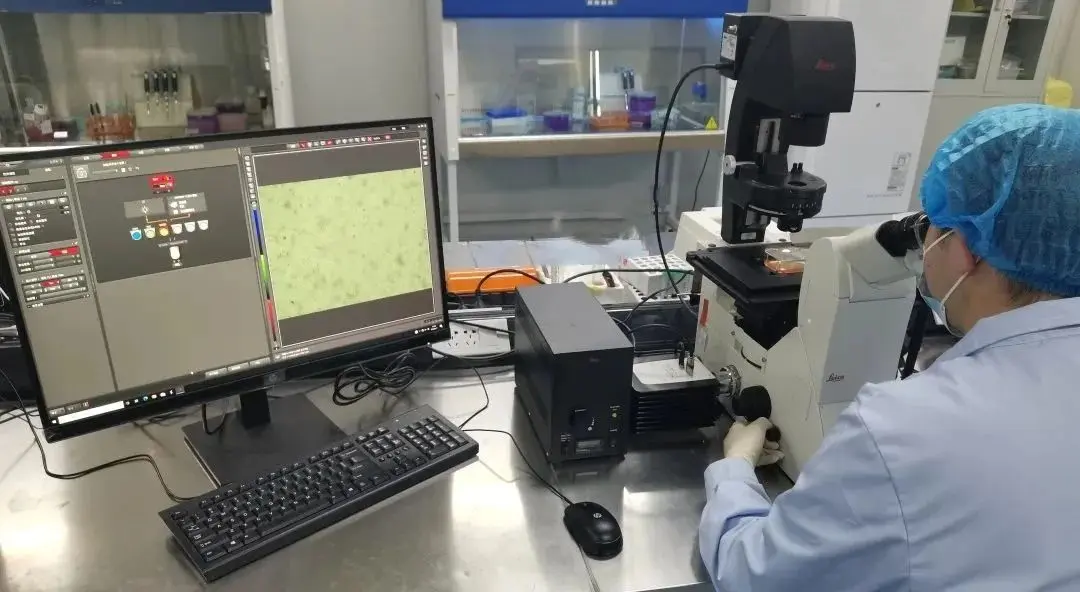 Accredited Medical Device Testing Lab
Accredited Medical Device Testing Lab
 Safety Testing for Baby Wrap
Safety Testing for Baby Wrap
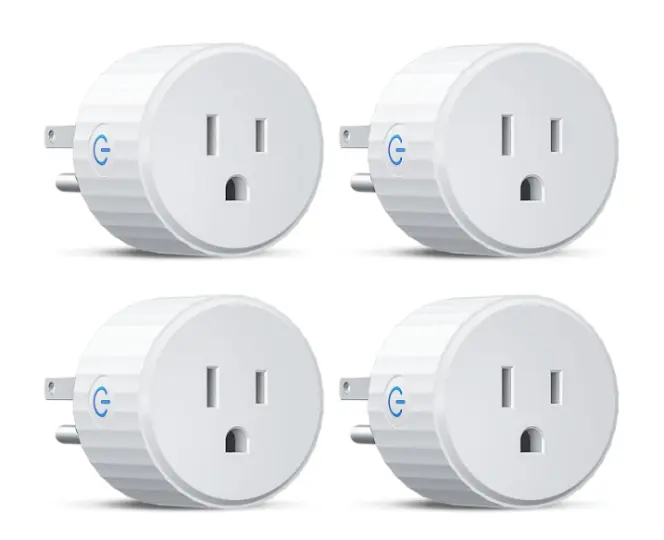 United States Electrical Plug Certification
United States Electrical Plug Certification
Leave us a message
24-hour online customer service at any time to respond, so that you worry!
